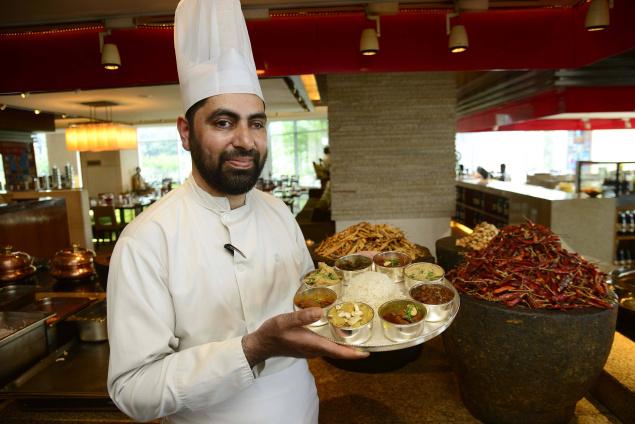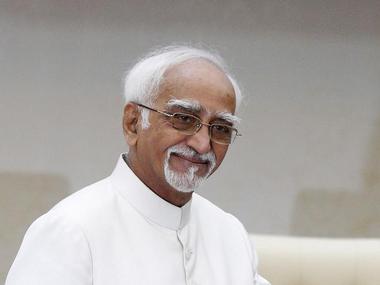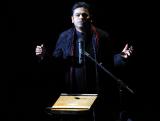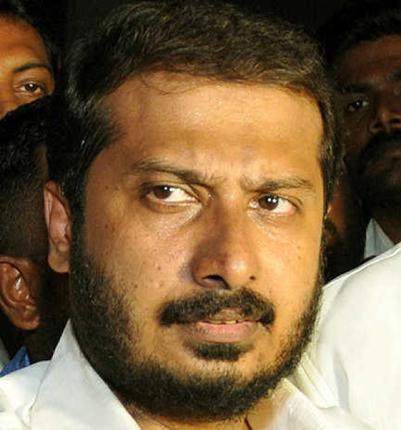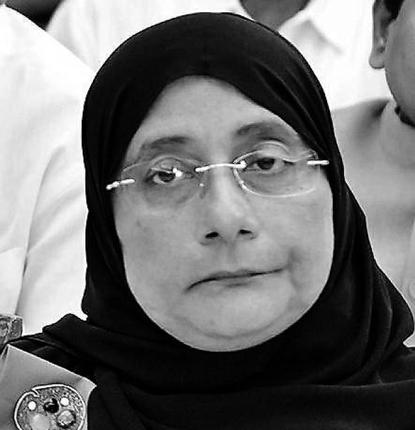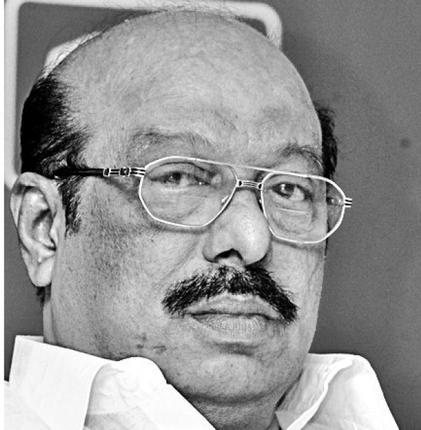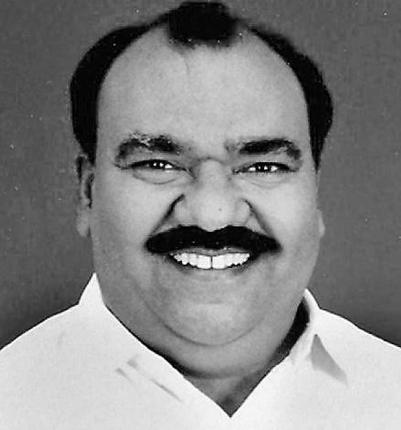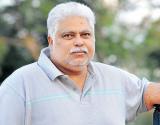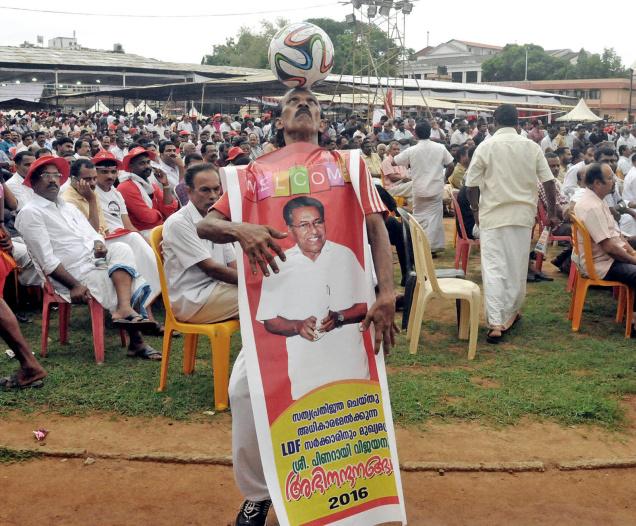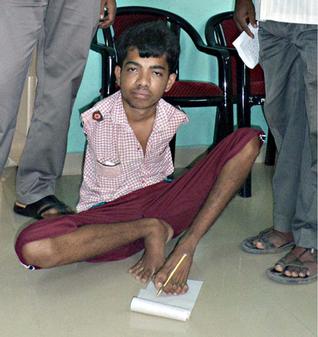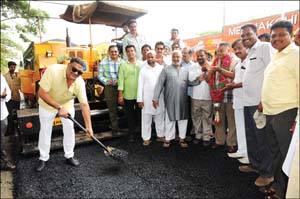Jammu & Kashmir :
Bashir Ahmad Concha on how to dish out the traditional multi-course and meat-rich Kashmiri wazwan
Ask most visiting chefs about their tryst with South Indian flavours and they’d wax eloquent about their love for the crunch of a crispy dosa. But not waza (traditional Kashmiri chef) Bashir Ahmad Choncha. He’s more likely to scowl and say, “The flavours are too unfamiliar.” For, compared to our fluffy idlis, rich coconut chutney and spicy sambar, his familiar food — the spicy and salty lahbi kebab, rich curd-based nadru yakhni and melt-in-the-mouth minced mutton ball in creamy gushtaba — feels decidedly different. Yet, the wazwan is a treat for anyone curious about the possibilities of the unfamiliar.
The wazwan, considered the pride of Kashmiri cuisine, is rich, to say the least. It is made during special occasions, and traditionally served in a large plate that’s shared by four. Most dishes are curd-based and all of them are made with liberal amounts of ghee. To top it off, the spread is meat-heavy. Mutton, mostly, as most Kashmiri Muslims prefer that. The chef’s favourite is the tabak maaz, a mutton appetiser that’s deep fried in ghee. “What can I say? Most people in Kashmir are rich and they want to eat rich food too,” laughs waza Bashir, even as he insists that the ghee will only make one strong, not fat.
The most challenging dishes to make, he says, are the light and spicy rista and the heavy yogurt-based gushtaba, for which the meat needs to be pounded by hand for half an hour. The vegetables have a distinct flavour, as do the spices from the region. It is for this reason that the waza says he brought 400 kg of ingredients for the ten-day Kashmiri Wazwan food festival at Spice Haat, Hyatt Regency.
Waza Bashir learnt his culinary flair from his father, chef Noor Mohammad Choncha, by watching him cook eversince he was eight years old. “My father would have never allowed me to become a waza if he were alive. He never wanted me to come into the family business.” But when his father passed away, Bashir took over the kitchen at 25. For the last 20 years, he has been at the helm of things at ‘Concha Foods’, a restaurant in Srinagar and also, a manufacturing outfit that packages and exports spices from the valley. “There’s a big market for Kashmiri cuisine. Every month, 1,000 kg of tin-packed rista and gushtaba are exported to places around India, the United States and Gulf countries.”
His fame in the packaged food business soon saw him plate up flavours from the valley at food festivals in Bangalore, Pune, Chandigarh and other places.
However, he says, wazas taking the road is rare. Even though his father had close to 1,000 students, most of them have set up their own restaurants in Kashmir. “The wazwan is a big business in Kashmir. A typical Kashmiri indulges in the wazwan about once a week. One plate is priced at Rs. 2,500 even in a small shop. It’s a very exotic spread. So it’s very rare that people leave the valley to make wazwan.”
Kashmiri Food Festival at Spice Haat is open for dinner till May 29. There’s a Buffet is priced at Rs.1,550, vegetarian thali at Rs. 1,000 and non-vegetarian thali at Rs. 1,200, (exclusive of taxes), to choose from. For details, call 61001234.
source: http://www.thehindu.com / The Hindu / Home> Features> MetroPlus> Food / Raveena Joseph / May 23rd, 2016
